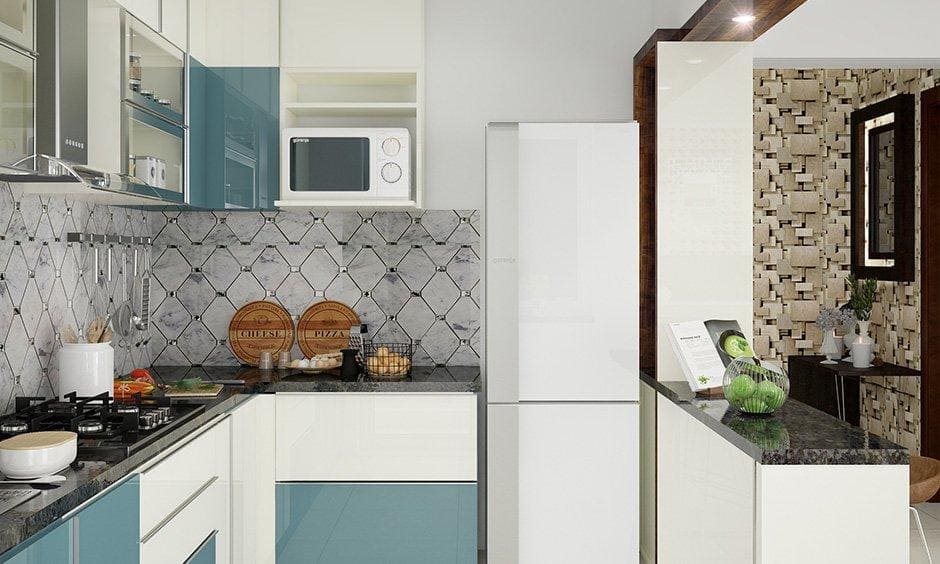In today’s fast-paced world, the rise of technology has brought significant changes to how we live, especially in our homes. One of the innovations that stands out is automating smart fans. These fans are designed with advanced features that allow them to be controlled through various smart devices, making them an integral part of modern home automation systems.

Understanding Smart Fans
Smart fans are not your typical ceiling fans. They come equipped with features that allow them to connect to Wi-Fi, enabling users to control them remotely using a smartphone or voice commands. This connectivity is what makes them ‘smart’. With the integration of automation, these fans can adjust their speed, switch on or off, and even respond to changes in the room’s temperature.
The Benefits of Automating Smart Fans
The primary advantage of automating smart fans is convenience. Imagine being able to adjust your fan without having to get up from your cozy spot on the couch. But convenience is just the tip of the iceberg. These fans also offer energy efficiency, as they can be programmed to work only when needed, reducing electricity consumption.
How Do Smart Fans Work?
Smart fans operate through a combination of hardware and software. Most smart fans come with a built-in Wi-Fi module that allows them to connect to the internet. Once connected, users can control them via an app or a smart home hub. The app provides options to set schedules, adjust speed, and monitor energy usage.
Integrating Smart Fans with Home Automation Systems
Integrating smart fans into a home automation system enhances their functionality. By connecting them to a central hub, users can create routines where the fan operates in coordination with other smart devices. For example, a routine could be set where the fan turns on automatically when the temperature exceeds a certain threshold, or it could be integrated with smart home during power outages solutions to ensure continuous comfort.
Choosing the Right Smart Fan
When selecting a smart fan, there are several factors to consider. Firstly, ensure compatibility with your existing smart home system. Most smart fans are compatible with popular platforms like Amazon Alexa, Google Assistant, and Apple HomeKit. It’s also crucial to consider the design and features like reverse mode or integrated lighting.
Setting Up Smart Fans
Setting up a smart fan is straightforward. First, ensure your Wi-Fi connection is stable. Then, download the manufacturer’s app and follow the instructions to connect the fan to your network. Once connected, you can start controlling the fan through the app or via voice commands.
Maintaining Smart Fans
Maintenance of smart fans is similar to traditional fans, but with a tech twist. Regular cleaning is essential to ensure optimal performance. Additionally, check for firmware updates through the app to keep the fan running smoothly and securely.
Common Issues and Troubleshooting
Like any technology, smart fans can encounter issues. Common problems include connectivity issues or app malfunctions. Most manufacturers provide troubleshooting guides in their apps or websites. If problems persist, contacting customer support is advisable.
The Future of Smart Fans
The future of smart fans looks promising. With advancements in AI and IoT, we can expect these fans to become even more intuitive, learning from user habits to provide personalized comfort. Imagine a fan that adjusts its speed based on your activity level or integrates with smart ways to automate your short-term rental by adapting to different user preferences.
Smart Fans and Energy Efficiency
One of the significant benefits of automating smart fans is their energy efficiency. By using sensors and smart scheduling, these fans can minimize energy usage, contributing to a more sustainable lifestyle. This energy-saving feature is not only good for the environment but also reduces electricity bills.
Impact on Home Value
Installing smart fans can potentially increase a home’s value. Today’s buyers are more inclined towards homes with integrated smart technologies. A home equipped with smart fans and other smart devices is likely to attract more interest, especially from tech-savvy buyers.
Security Considerations
Security is an essential factor when it comes to smart devices. Ensure that your smart fan’s app is secure by using strong passwords and enabling two-factor authentication. Regularly check for software updates to protect your devices from potential cyber threats.
Conclusion
In conclusion, automating smart fans is a step towards a more comfortable and efficient lifestyle. With their numerous benefits, from convenience to energy savings, they are a worthwhile investment for any modern home. As technology continues to evolve, we can expect smart fans to become even more sophisticated, offering enhanced features and greater integration with other smart home devices.

FAQs
How do I connect my smart fan to Wi-Fi?
To connect your smart fan to Wi-Fi, follow the manufacturer’s instructions provided in the app. Ensure your Wi-Fi signal is strong and stable during the setup process.
Can smart fans be controlled remotely?
Yes, smart fans can be controlled remotely via a smartphone app or a smart home hub. This allows you to manage your fan’s settings from anywhere with an internet connection.
Are smart fans energy efficient?
Smart fans are designed to be energy-efficient, with features like scheduling and sensors that help minimize electricity usage.





